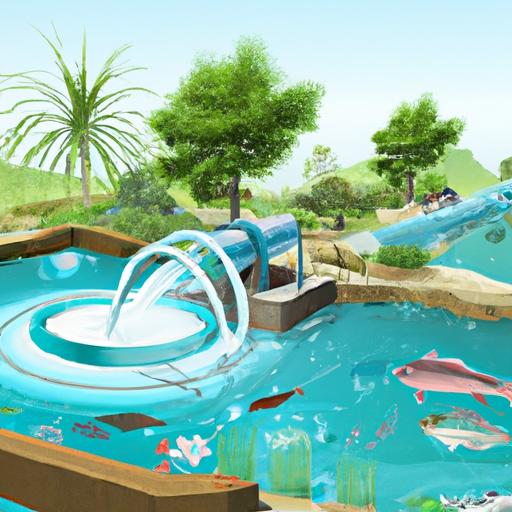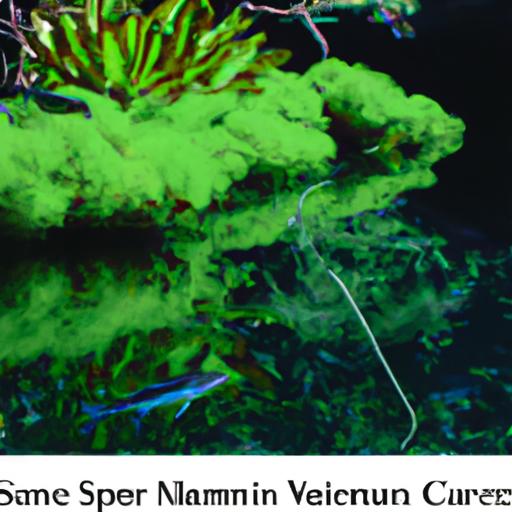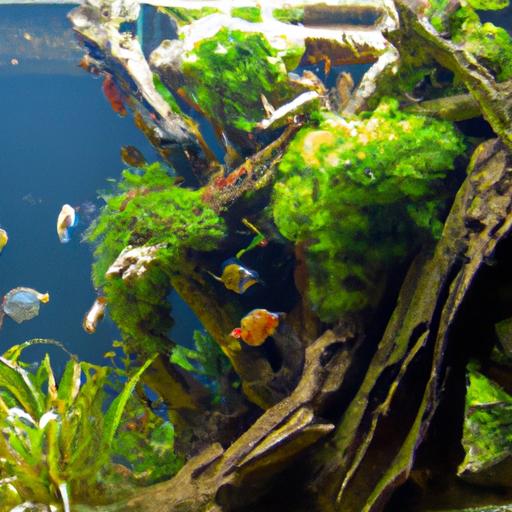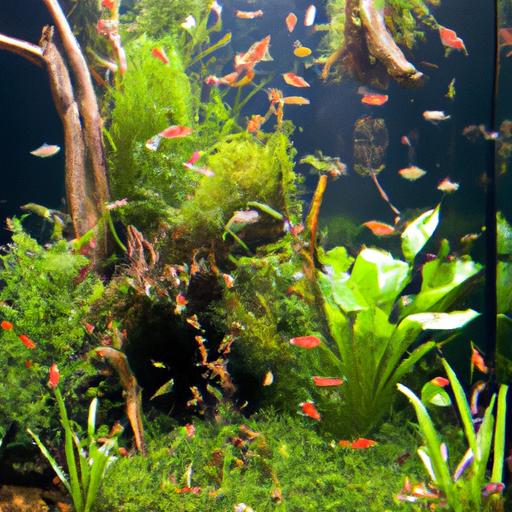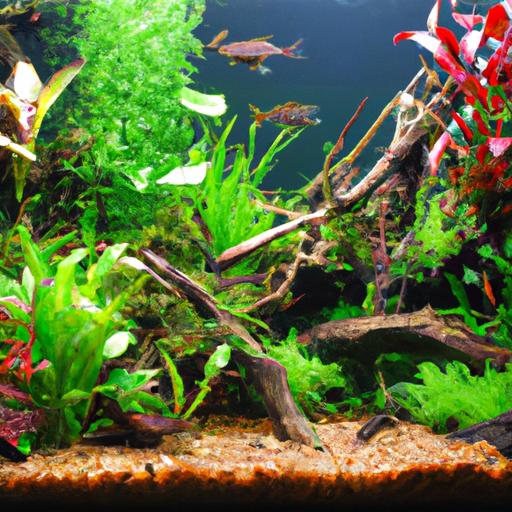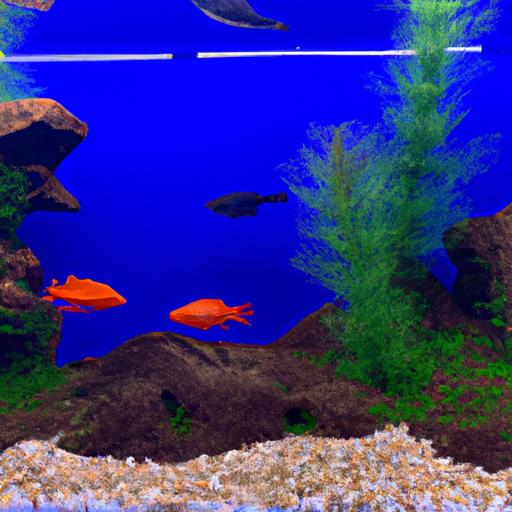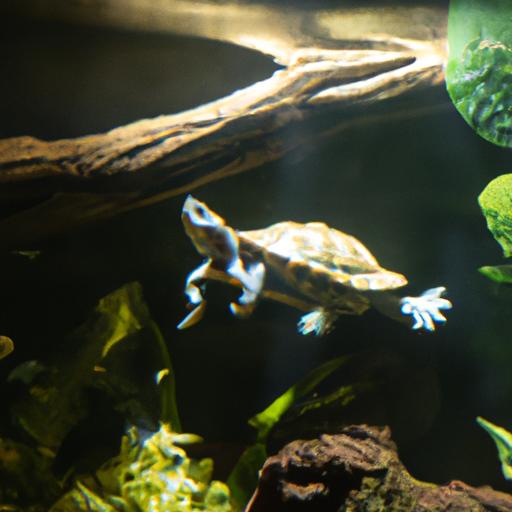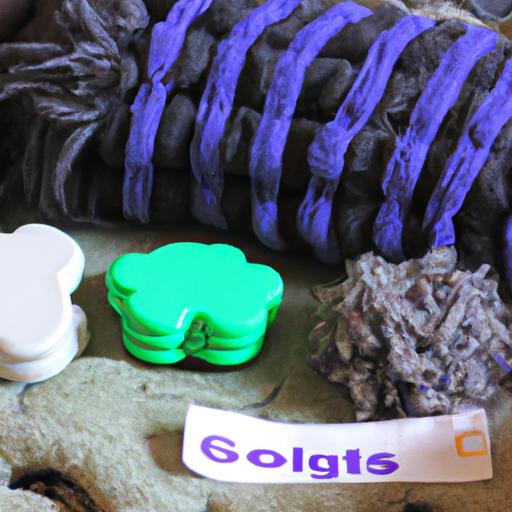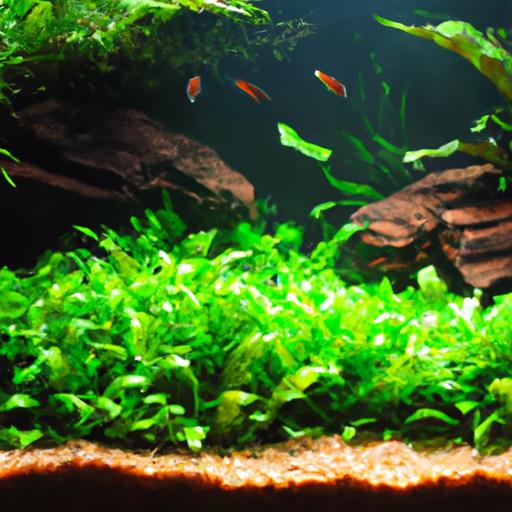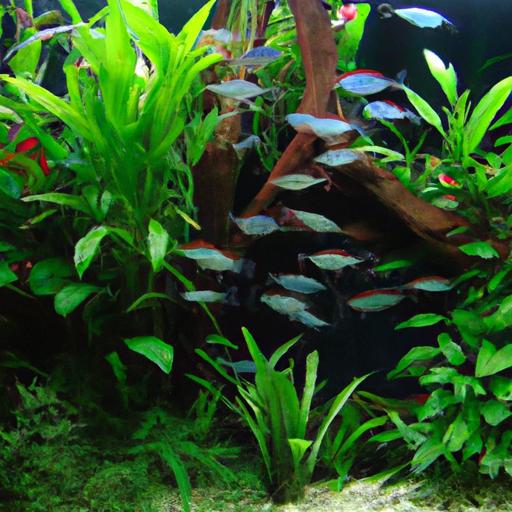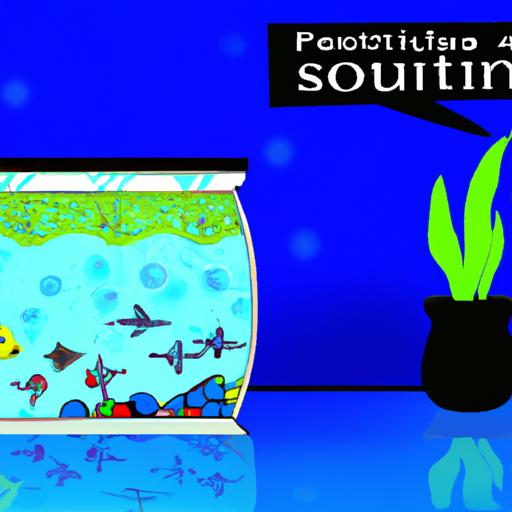
The Importance of Quarantine Tanks for New Additions
Discover the significance of quarantine tanks for new additions to your aquarium. Learn how they prevent diseases and ensure a healthy aquatic ecosystem.
Introduction
Are you a passionate aquarium enthusiast who loves adding new fish or plants to your tank? If so, you’ve probably encountered the dilemma of introducing new additions without risking the health of your existing tank inhabitants. This is where quarantine tanks come into play. In this article, we’ll explore the importance of quarantine tanks for new additions and how they can safeguard the well-being of your aquarium. Let’s dive in!
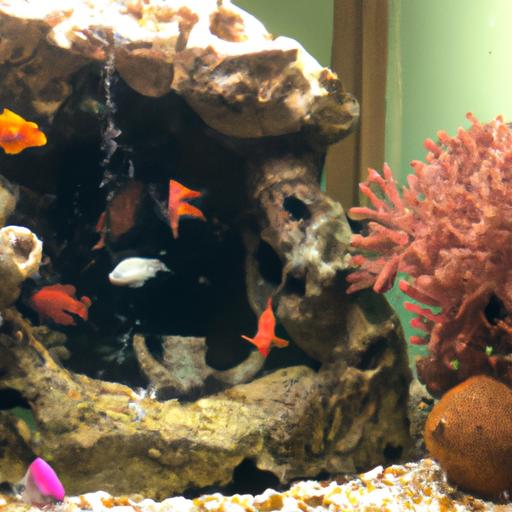
Benefits of Quarantine Tanks for New Additions
When it comes to maintaining a healthy aquarium, quarantine tanks play a crucial role. Let’s take a closer look at the key benefits they offer:
-
Prevention of Disease Transmission: One of the main reasons to use quarantine tanks is to prevent the transmission of diseases to your existing tank inhabitants. New fish or plants may carry pathogens or parasites that could harm the established ecosystem in your aquarium. By isolating them in a separate quarantine tank, you can closely monitor their health and prevent the spread of potential illnesses.
-
Reduction of Stress: Introducing new additions to an established tank can be stressful for both the newcomers and the existing inhabitants. Quarantine tanks provide a less intimidating environment for new fish or plants, away from the territorial disputes and competition that may exist in the main tank. This reduces stress levels, allowing the new additions to acclimate more comfortably and minimizing the risk of disease outbreaks due to stress-induced weakened immune systems.
-
Close Monitoring and Treatment: Quarantine tanks offer a controlled environment where you can closely monitor the behavior, appetite, and overall well-being of new additions. This enables early detection of any signs of illness or abnormalities. Should any issues arise, you can promptly provide the necessary treatment without endangering the health of your entire aquarium. Additionally, treating diseases in a separate tank helps avoid the use of medications that may harm beneficial bacteria or sensitive tank inhabitants.
-
Long-Term Benefits: Utilizing quarantine tanks for new additions promotes the long-term health and vitality of your aquarium. By preventing disease outbreaks, you ensure that your existing fish and plants remain healthy and thrive. This reduces the chances of mortality rates increasing due to preventable illnesses. Ultimately, the use of quarantine tanks contributes to the overall success and longevity of your aquatic ecosystem.
FAQ about Quarantine Tanks
Here are some common questions and concerns related to quarantine tanks, along with their answers:
-
What size of quarantine tank is recommended? The size of the quarantine tank depends on the size of the new additions. As a general guideline, a quarantine tank should be at least 10 gallons for small fish or plants and larger for larger specimens. Ensure that the tank provides ample swimming or growing space, along with proper filtration and temperature control.
-
How long should new additions stay in quarantine? The duration of quarantine varies depending on the species and the potential risks involved. It is recommended to keep new additions in quarantine for at least two to four weeks. This timeframe allows you to observe their behavior, ensure they are disease-free, and acclimate them to the conditions of your main tank gradually.
-
What treatments or medications should be used in quarantine tanks? It is essential to consult with an aquatic veterinarian or knowledgeable aquarium professional to determine the appropriate treatments or medications for specific diseases or conditions. Common medications may include antibiotics, anti-parasitic agents, or salt baths. However, a proper diagnosis is necessary to avoid unnecessary or ineffective treatments.
-
Can plants also be quarantined? Yes, plants can be quarantined too. Although they may not carry diseases, they can harbor snails, algae, or other unwanted organisms. Quarantining plants allows you to inspect and clean them, ensuring that no unwanted hitchhikers are introduced to your main tank.
-
Is it necessary to quarantine if the new additions seem healthy? Yes, it is still recommended to quarantine new additions even if they appear healthy. Many diseases can remain dormant or show no visible symptoms initially. Quarantine provides a crucial period to closely observe the newcomers and detect any underlying health issues before introducing them to your main tank.
Conclusion
In conclusion, the importance of quarantine tanks for new additions cannot be overstated. By utilizing quarantine tanks, you can prevent the transmission of diseases, reduce stress levels, closely monitor and treat new additions, and ensure the long-term health and vitality of your aquarium. So, the next time you plan to add new fish or plants, remember to prioritize their well-being and the health of your existing aquatic ecosystem by utilizing a quarantine tank. Your aquarium will thank you for it!
